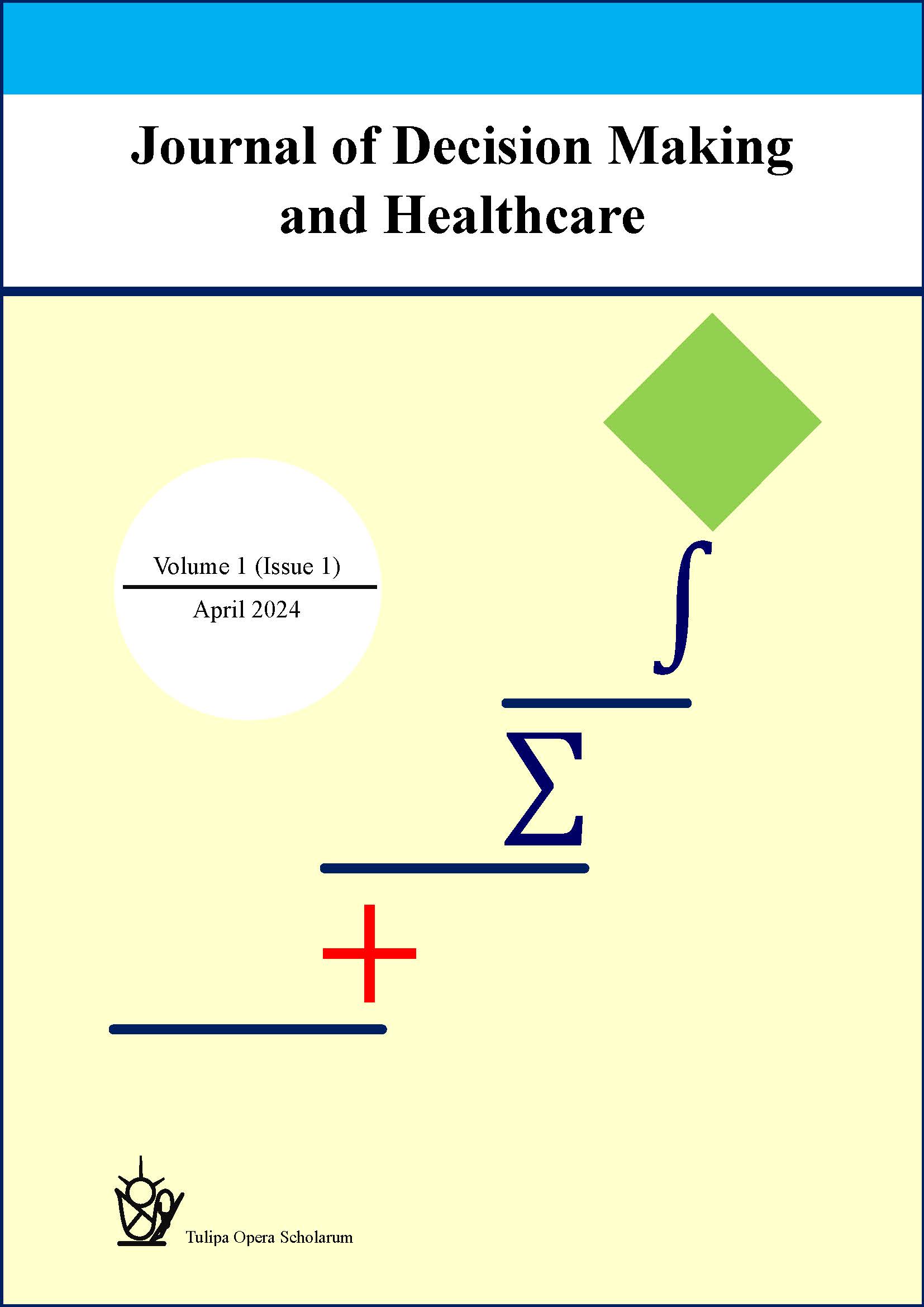Analyzing plastic wastes in Africa with machine learning
Journal of Decision Making and Healthcare, Volume 2, Issue 1, April 2025, Pages: 20–42
FRANCIS OGOCHUKWU OKPALA
Department of Mathematics and Computer Science, Brandon University, Manitoba, Canada
GAUTAM SRIVASTAVA
Department of Mathematics and Computer Science, Brandon University, Manitoba, Canada
Abstract
The boreal forests of Alberta stand as a testament to the intricate interplay between biodiversity and natural selection. Through the lens of various research papers, this analysis has provided insights into the diverse array of species, the mechanisms of natural selection, and the crucial interactions shaping the ecological dynamics of this unique region. Recognizing the delicate balance at play is essential for developing effective conservation strategies that ensure the continued resilience and vitality of the boreal forests of Alberta. The evaluation of the impact of human activities on natural selection in the boreal forests of Alberta necessitates a multidisciplinary approach. Incorporating methodologies from genetics, ecology, remote sensing, and indigenous knowledge provides a comprehensive understanding of the intricate relationships between human activities and the ecosystem. Modern molecular techniques for species identification have revolutionized our understanding of biodiversity in the boreal forests of Alberta. From DNA barcoding to metabarcoding and genomic approaches, these techniques offer unparalleled insights into the genetic makeup, diversity, and adaptive potential of species crucial for sustainable natural selection. An exquisite ballet between environmental conditions and adaptive evolution can be seen in Alberta's boreal woods. Understanding the forces influencing Alberta's boreal ecosystems is aided by information gleaned from a variety of sources, including temperature fluctuations, disturbance regimes, soil dynamics, hydrological processes, genetic diversity, atmospheric carbon dioxide levels, predator-prey interactions, and responses to synthetic stressors. To ensure the sustainable evolution of these important ecosystems, conservation and management measures should be guided by the intricacies of these relationships, which will be further explored in future studies. A comprehensive strategy that incorporates ecological, social, and economic factors is required for the sustainable management and conservation of Alberta's boreal forests. Recommendations such as integrated landscape planning, adaptive forest management, old-growth forest conservation, connectivity strategies, community involvement, technological applications, Indigenous-led initiatives, sustainable forestry practices, and public awareness campaigns collectively contribute to the preservation of biodiversity and the facilitation of natural selection processes. Recommendations for sustainable forestry and conservation practices in the boreal forests of Alberta involve a holistic approach that considers ecological, social, and cultural dimensions. Selective logging, conservation strategies, climate-resilient practices, TEK integration, adaptive management, and education initiatives collectively contribute to fostering sustainable natural selection processes.
Cite this Article as
Francis Ogochukwu Okpala and Gautam Srivastava, Exploring sustainable natural selection in the boreal forests of Alberta, Canada, Journal of Decision Making and Healthcare, 2(1), 20–42, 2025

